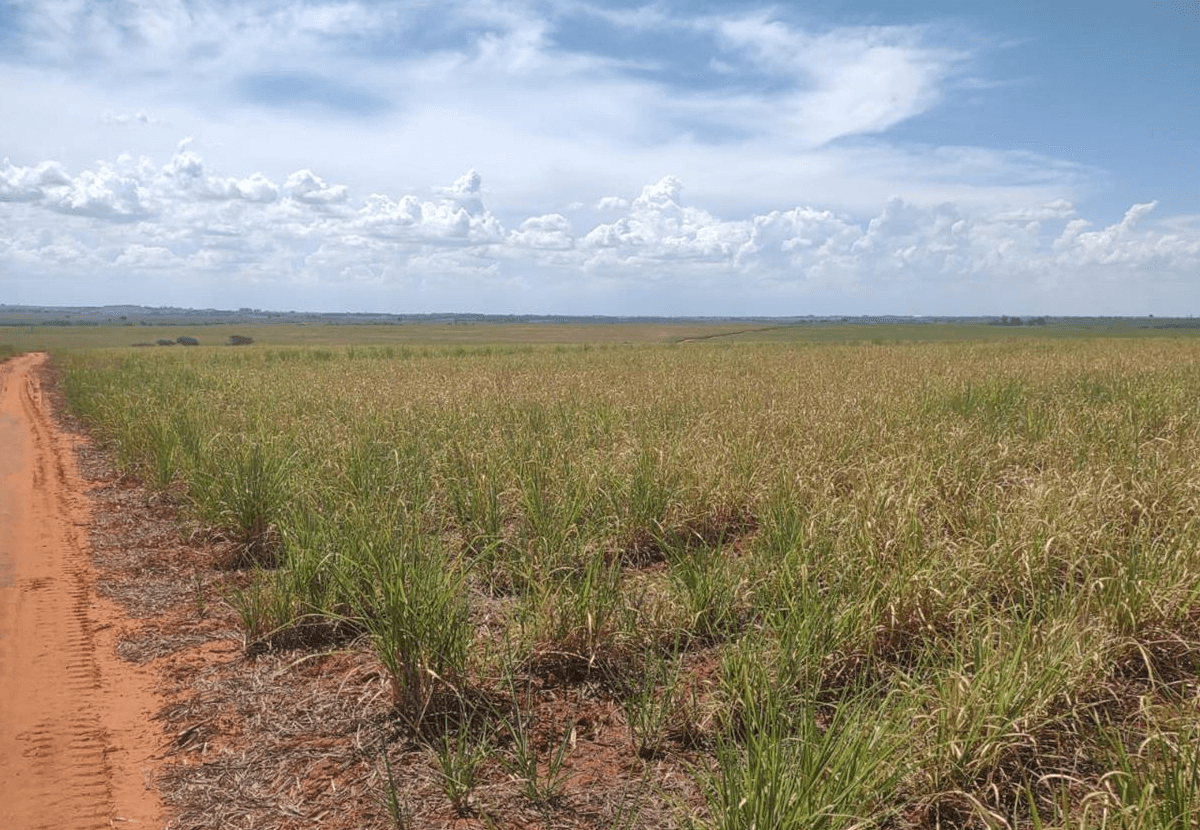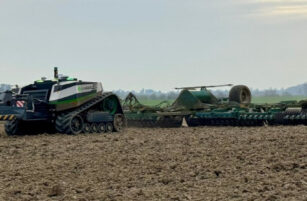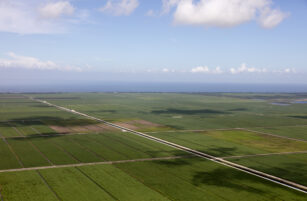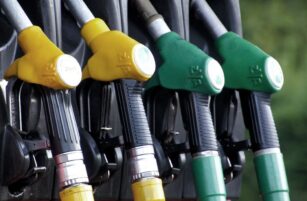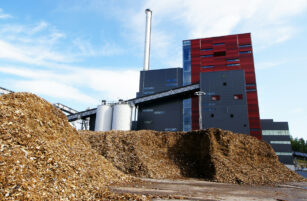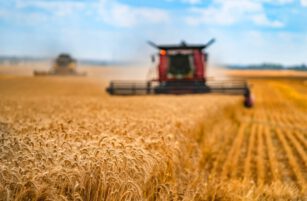Opinion Focus
We tend to look at weather forecast to know if we should take an umbrella on our way out. However, there is another way at looking at it. In this report we make a case for you to add looking at our CS Weather Data to your New Year resolutions list.
For those avid visitors to the CZ app, the Business Intelligence section of our platform is a familiar place. Sugar balances, Crop Updates, Price References and more is there for consulting. But we also have the CS Weather data, and we have had it for quite a while – I have been with CZ for almost 12 years, and it already existed when I joined (although in a different format).
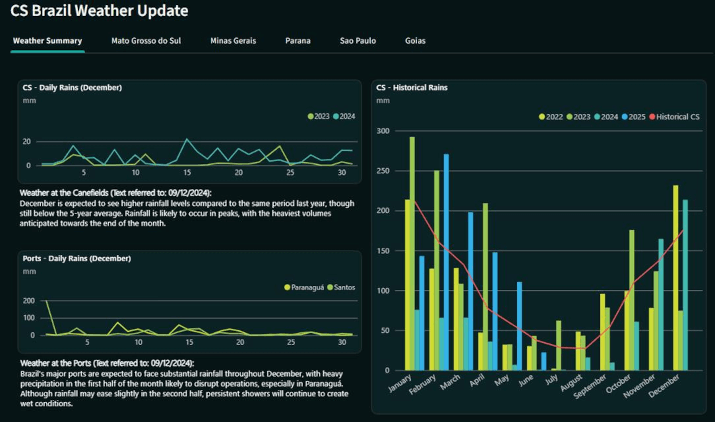
Weather at Centre-South Brazilian Canefields: What to Look For
But why should you care? Well, sugar and ethanol are agricultural commodities. Any weather disruptions will have an impact on crop evolution and therefore on output.
Take for instance this season. Usually, from January to October, it is supposed to rain on average close to 1000mm. But this year, it rained only 337mm.
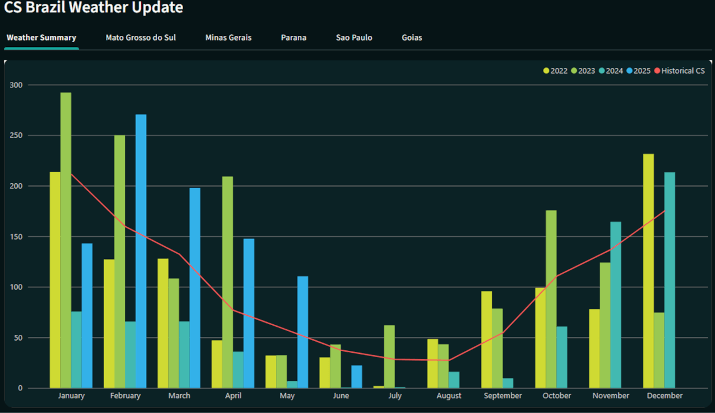
The result? So far this season, agricultural yields are down by 10%, over 200,000 hectares of cane fields affected by fires and low cane quality that hindered crystallization process, resulting in a much lower sugar mix than initially expected.
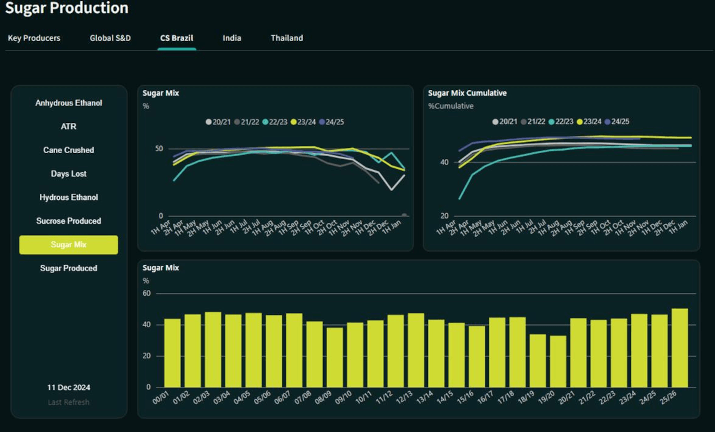
During the crushing season, from April to early December, it is important to have a good rain distribution. However, we also need to look at excess rains. The rule of thumb is that if it rains above 10mm, mills have one day of stoppage.
This is another reason we follow weather throughout the season, since at the peak of the crop, one day of stoppage could mean over 200,000 tonnes of sugar production lost.
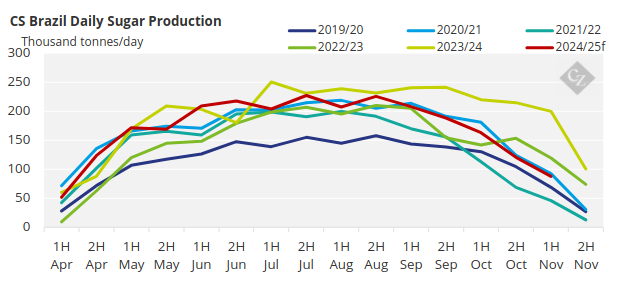
And now we turn our attention to rain in the offseason, that will determine cane availability. Precipitation during this period is essential for cane development. We assume that if rains are normal until the end of March, CS Brazil will be able to crush above 600 million tonnes in 2025/26 – we sit at the top range of estimates, at the moment.
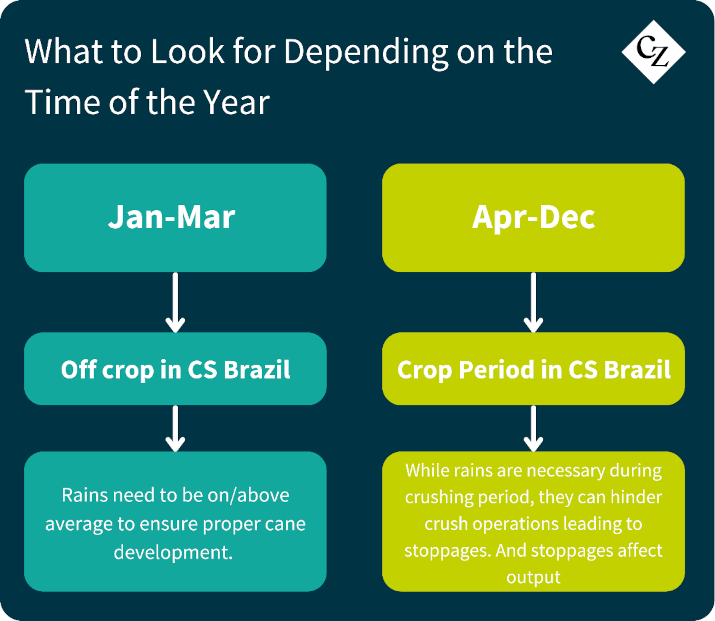
Weather at the Ports: What to Look For
There is also the weather at the ports! With so much riding on Brazilian logistics performing well, following weather at the ports is critical. The reason is that when sugar is loaded at the ship’s hold, if it starts raining then the loading operation must be halted. Rain causes the sugar to create clump – called “caking”. It reduces sugar quality, hinders unloading and will likely result in the cargo being rejected.
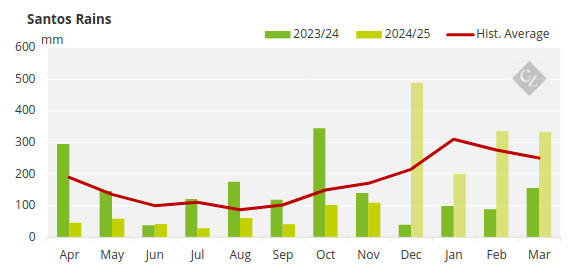
Last year, CS Brazil broke a record of sugar exports in Q4 mainly due to dry weather in November and December – of course, the availability was there as well.
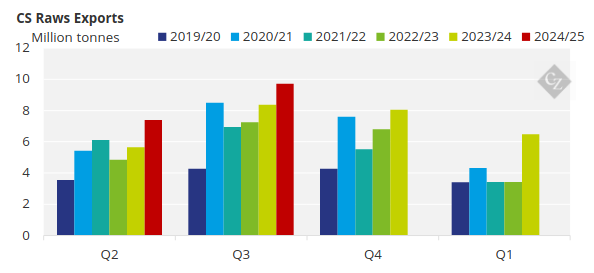
What is Behind the Data?
We have a team that runs the weather forecast that we input into our model in order to have a view of the CS region. When looking at our data, bear in mind that we are monitoring the main cane producing areas in order to bring a relevant analysis to our readers.

